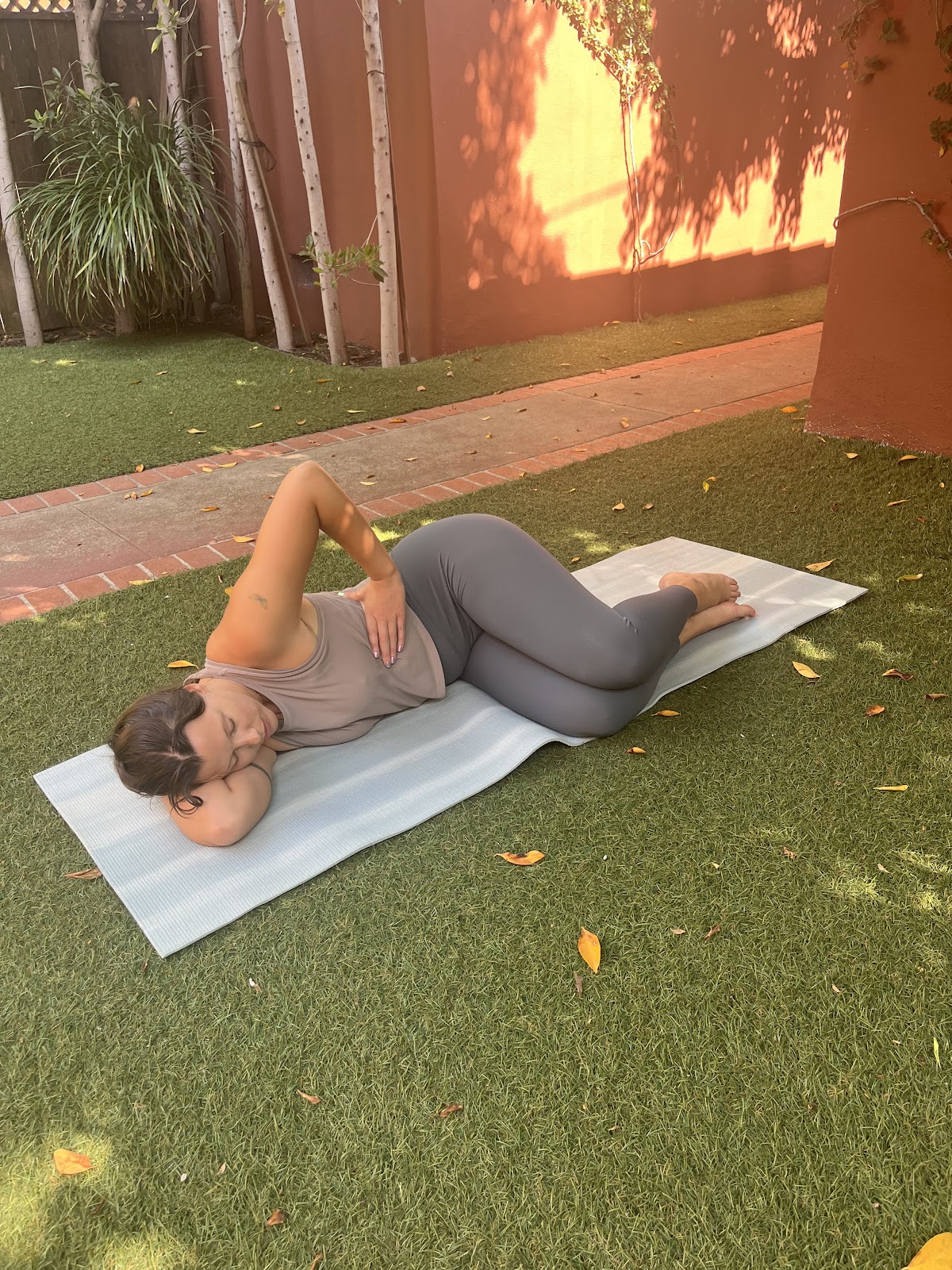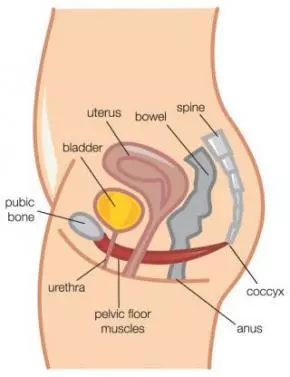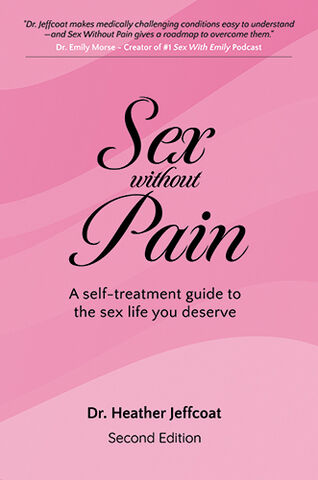
The Femina Physical Therapy Blog
Featuring original articles by our staff about current events and trends
Explore our insightful blog articles on pelvic health, where we delve into essential topics that empower and educate. From understanding pelvic floor disorders to strategies for conquering infertility, our content is designed for those seeking knowledge and support. We discuss the latest research, expert advice, and practical tips to enhance your well-being and foster a deeper connection to your body.
Featured From the Blog:
Why a Multidisciplinary Team is Best for Treatment of Bloating and Abdominal Distension

Bloating and Abdominal Distension Often Benefit Greatly from Multidisciplinary Treatment
Bloating, abdominal distension, loose stools, constipation, abdominal or pelvic pain, fatigue, brain fog, weakness, nutritional deficiencies…
These symptoms may be caused by a variety of gastrointestinal or pelvic conditions. If you are experiencing any of these symptoms, this article is a good place to start when deciding who to have on your care team, and what treatments can help!
Bloating is the sensation of excess abdominal gas or a feeling of being distended without obvious visible abdominal distension. Some people have a feeling of fullness or discomfort in the upper abdominal area. Abdominal distension is the visible increase in abdominal girth. A multidisciplinary treatment team of primary care physicians (PCPs), gastroenterologists, dieticians/ nutritionists, and physical therapists is ideal to help manage these symptoms and find the root cause. For example, symptoms of bloating and abdominal distension affect 66 - 90% diagnosed with IBS. Getting the proper diagnosis can help direct the best treatment options for you.
Read more: Why a Multidisciplinary Team is Best for Treatment of...
Lightning Crotch in Pregnancy: How You Can Start Recovering from SPD

What is symphysis pubis dysfunction (Lightning Crotch)?
Symphysis pubis dysfunction (SPD), also known as pubic symphysis dysfunction, anterior pelvic girdle pain, or lightning crotch, is a common musculoskeletal condition that is experienced by pregnant women and can vary from minor discomfort to severely debilitating pain. It is typically characterized by discomfort in the front pelvic area that can radiate to the inner thighs and perineum (think where your pubic bone is).
Read more: Lightning Crotch in Pregnancy: How You Can Start...
Restorative 20 Minute Home Yoga Practice For Chronic Pelvic Pain

Yoga Practice For Chronic Pelvic Pain Can Be a Very Helpful Routine
As stated in my last blog post, yoga can be so beneficial as a pain management tool due to its ability to modulate the sympathetic nervous system3,4 which plays a large role in chronic pain. The exact mechanism of how yoga helps with chronic pain is still being studied, however, it is reasonable to believe the full body relaxation promoted by a yoga practice helps to decrease tension in key muscle groups- including the hips and pelvic floor which are often tight in people with chronic pelvic pain.
Currently, evidence has mostly focused on one hour long practices as an intervention, although there are some studies that report improvements in pain with shorter practices, such as the routine below. As with any mobility/stretching routine, benefits will be seen with more frequent practice, however even twice weekly can help decrease pain.
Read more: Restorative 20 Minute Home Yoga Practice For Chronic...
- Details
- Written by: Heather Jeffcoat, DPT
- 11483 Views

Does Fear Create Vaginismus? Or Vice Versa?
I came across an article that came out last month and it brought up an old question I often muse over--Does Vaginismus create the fear and anxiety in women, or does an underlying fear or anxiety create Vaginismus? As we often say in physical therapy "It depends".
With some of my patients, there is a specific injury or infection that is at the root of their pain. The story is similar whether they were diagnosed with Vaginismus, Vulvodynia, Vestibulitis, Dyspareunia, or a host of many other diagnoses that lead to painful intercourse. For example, a young girl that always wore bathing suits and developed recurrent yeast infections, only to find out that over a decade later she had developed vaginismus. She had no fear or anxiety going in to first sexual encounter, yet she had severe pain. Now, she presents with what I perceive as fear and anxiety. Should she be treated for fear and anxiety? Or just the pain? Or both?
Read more: Does Vaginismus Create Fear, or Does Fear Create Vaginismus?
- Details
- Written by: Heather Jeffcoat, DPT
- 18520 Views

Should You Stop Doing Kegels?
Read on for the answer.
In my last post, “Why You Should Be Doing Kegels NOW”, I went over the specific diagnoses that tend to benefit most from doing pelvic floor muscle exercises. However, not all issues related to the pelvic floor are appropriate to prescribe pelvic floor muscle exercises for. In fact, doing Kegels can actually be harmful and counterproductive to your symptoms if you have certain diagnoses, and it may be best if you stop doing kegels depending on your diagnosis.
Official Book Release Today!
Unpublished- Details
- Written by: Heather Jeffcoat, DPT
- 6384 Views

I am proud to announce the official book release today of Sex Without Pain: A Self-Treatment Guide To The Sex Life You Deserve. It is available on Amazon.com, iBooks and other retailers.
43% of women will experience pain during sex or other sexual problems – why isn’t this a public health concern? https://www.prweb.com/releases/2014/09/prweb12156888.htm
Join us in helping to increase the awareness of female sexual dysfunction, including vaginismus, vulvodynia, vulvar vestibulitis, overactive pelvic floor and more. You are not alone if you or your loved one are experiencing painful intercourse. There is help!
- Details
- Written by: Heather Jeffcoat, DPT
- 10548 Views

Wondering why you should be doing Kegels?
In my early days of being a pelvic floor PT, I was convinced I had the answer to all the woes of the pelvic floor. One word – Kegels. As I’ve developed professionally, I certainly realized Kegels have their place.
However, they do not have their place with all things related to the pelvic floor. There are specific instances when Kegels (also known as PC or pelvic floor muscle contractions) are the answer. I’m a firm believer in doing a Kegel program combined with a core strengthening program that will address the bigger picture. Here’s why you should be doing Kegels if you meet certain criteria:
- Details
- Written by: Heather Jeffcoat, DPT
- 14313 Views

What are Kegels?
Kegels are a contraction of the pelvic floor muscles, sometimes referred to as “PC Contraction”. PC is short for “pubococcygeus”, the name of one of the many pelvic floor muscles.
However, after over a decade of practice, I have found that simply telling a patient to “Do Kegels” is usually not enough. Often, women perform pelvic floor exercises incorrectly, or do not do an amount appropriate for their strength levels. This finding has been confirmed by Bump et al in an August 1991 article from the American Journal of Obstetrics & Gynecology, “Assessment of Kegel pelvic muscles exercise performance after brief verbal instruction”.












